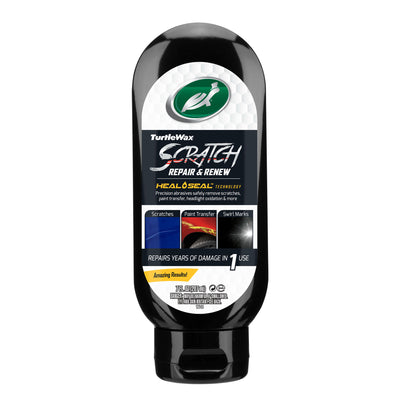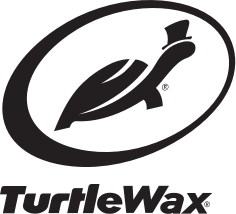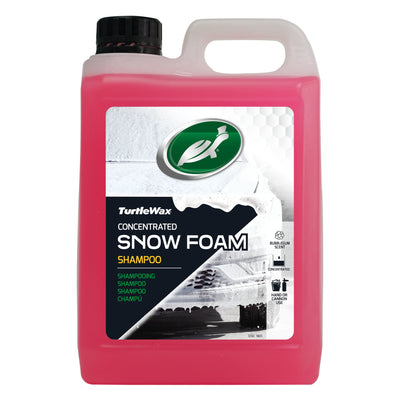
-
Exterior
Learn More
-
Interior
-
Hybrid Solutions
Collections
-
Car Care Kits
Collections
- Accessories
-
REWARDS
Earn Points Today
- Home
-
Exterior
-
Wash
- waterless
- wash & wax one step
- extreme foam
- heavy duty cleaners
- pre-wash valeting range
- wash valeting range
- ph neutral car wash
- car windscreen cleaner
-
Wax, Seal & Coat
- coatings
- detailer
- liquid
- one steps
- paste
- sealants
- spray
- wax speciality
- spray wax and sealant valeting range
- Paint Correct
-
Restore
- bug & tar removal
- headlight restoration
- metal & chrome finish
- restore scratch repair
- restore speciality
- trim restoration
- Wheel & Tyre
-
Wash
- Interior
- Hybrid Solutions
- Car Care Kits
- Accessories
- Rewards
- Learn

HOW TO PROPERLY WASH AND WAX A CAR: BY HAND OR WITH A BUFFER (COMPLETE GUIDE)
Do you desire that long-lasting glossy shine that rivals any showroom-quality vibrance? It’s easier than you might think to achieve. Here is our complete guide on how to properly wash and wax a car with a specialist automotive wax to bring out the lustrous shine of your vehicle’s paintwork, while leaving behind a protective finish.
With the right products available at your fingertips, like a car wash with wax, it takes no time at all to transform your car back to its luster and sheen. Whether you do it by hand or with a powered buffer, you can help protect against future damage from the sun and other elements, while at the same time maintaining your car’s value.
What is the best wax for car surfaces? Car waxes typically contain carnauba wax, a natural product extracted from the fronds of Brazilian palm trees. Because of its durability, it’s used in many commercial industries. Carnauba wax is supplemented with other natural waxes and polymers, perfectly blended to bring out the vibrant gleam of your car’s paint. We have an assortment of many different waxes with special formulas, such as our Hybrid Technology, to help you find the right product to fit your desired results.













